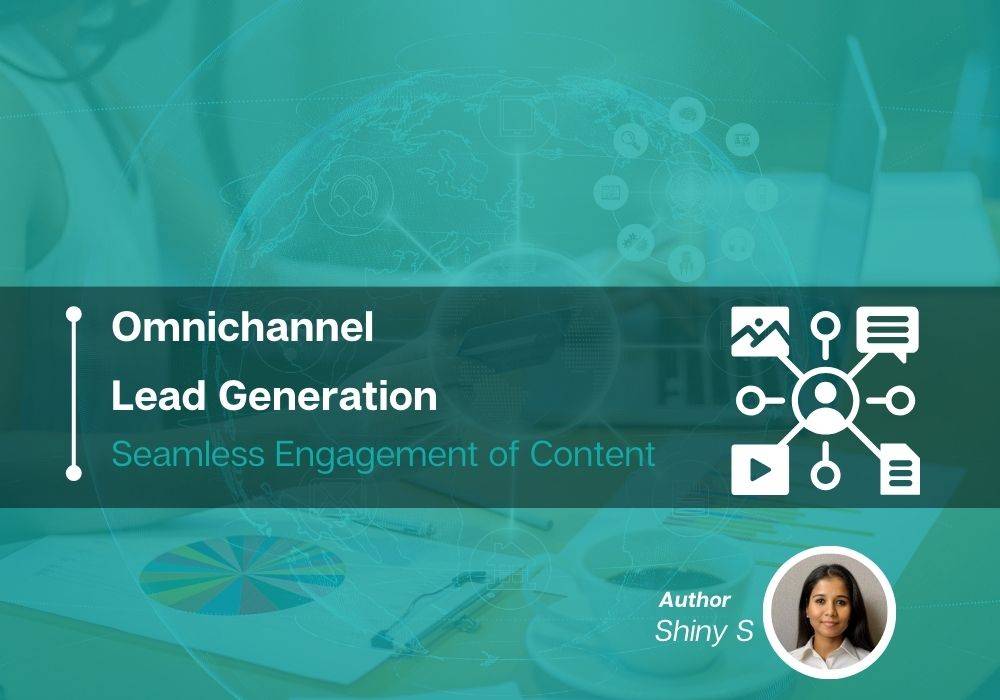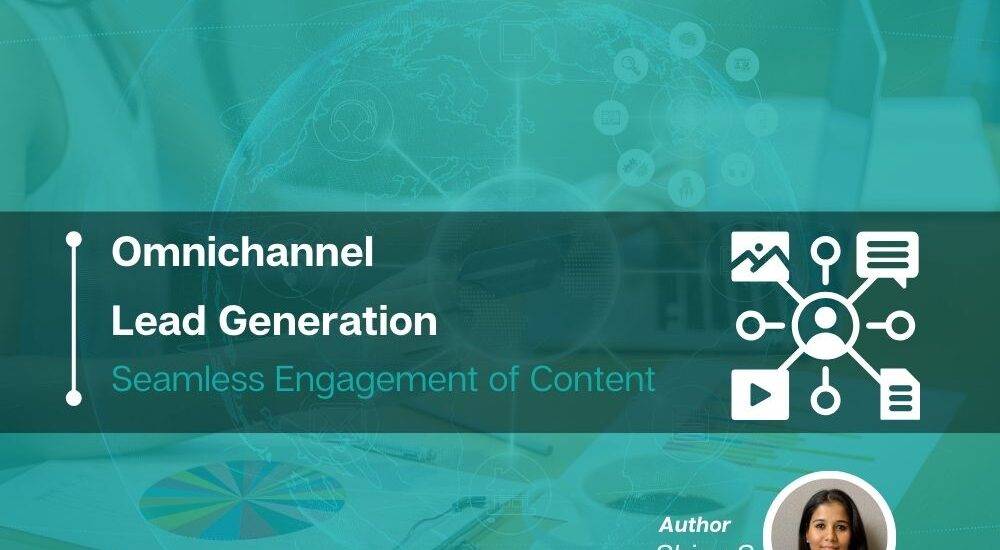Omnichannel Lead Generation
Seamless Engagement of Content Across Social, Email, and Online Platforms

In today’s Fragmented Digital world, businesses are bringing innovative ways to connect with their targeted audience and generate high-quality leads. Omnichannel lead generation is a powerful strategy that seamlessly integrates content across various platforms, such as social media, email, and websites, enabling businesses to create a compatible and immersive customer experience, promoting engagement, and driving conversions. Below the article, Let’s explore the concept of omnichannel lead generation and how integration across different channels can elevate your content in marketing efforts.
Understanding Omnichannel Lead Generation:
An omnichannel lead generation is an Integral approach to marketing that focuses on providing a compatible and personalized experience for Chance across multiple channels. Unlike multi-channel marketing, which involves various channels independently, omnichannel marketing aims to experience customers and create a unified and interconnection experience. This strategy recognizes that potential customers interact with brands through substitutes, and a seamless transition is essential for a successful customer journey.
Significant Components of Omnichannel Lead Generation:
Social Media Integration:
- Social media platforms have become essential for businesses looking to connect with their customers. Merging content across social channels involves creating a unified brand voice and message while customizing content to suit the characteristics of each platform. From Instagram to Threads and Twitter to Sharechat, businesses need to maintain a consistent brand identity while adapting content to the particular preferences of each audience.
- Using various content formats, like images, videos, and information visualization, enhances the visibility and demand of your brand across different social channels. Additionally, Social media advertising can Boost reach and target specific demographics, ensuring that your content reaches the right audience.
Incorporating Email Marketing:
- Email remains a redoubtable tool for direct communication with potential leads. Merging content into email marketing strategy involves creating balanced campaigns that align with the messaging on other channels. Businesses can tailor their messages to individual preferences and behaviors by personalizing Email marketing and incorporating data from other substitutes.
- Automation in streamlining email campaigns on businesses helps to send targeted messages based on user interactions across various platforms. If a user engages with a specific piece of content on a website, an automated email sequence can deliver related content or promotions, nurturing the lead through the sales.
Website Optimization:
- The website is often the central hub of online presence. Optimizing a website for omnichannel lead generation involves creating a seamless user experience that aligns with the messages on social media and emails. Consistent branding, messaging, and designs contribute to a balanced customer journey.
- Features like Live chat, personalized recommendations, and user-friendly navigation implementation can enhance the overall user experience on the website. Tracking user behavior on-site provides valuable insights to refine omnichannel strategy and deliver more targeted content.
Benefits of Omnichannel Lead Generation:
Enhanced Customer Experience: Omnichannel lead generation organizes the customer experience by providing a seamless and consistent journey across all Substitutes. This approach makes customer receive relevant and personalized content at every stage of their interaction with the brand, providing a deeper connection and trust.
Improved Engagement and Interaction: Businesses can encourage audience engagement and interaction by integrating content across channels. If a potential lead discovers a brand on social media, receives a personalized email, or explores a website, Balanced messaging enhances the likelihood of meaningful engagement.
Increased Conversion Rates: Omnichannel lead generation unified approach contributes to higher conversion rates. When leads experience consistent messaging and content across platforms, they are more likely to move through the sales, ultimately converting into customers.
Data-Driven Decision Making: Incorporation of content across channels generates a wealth of data regarding user behavior and preferences. Analyzing this data empowers businesses to make informed decisions, refine their strategies, and optimize their omnichannel approach for maximum effectiveness.
Challenges and Considerations:
Omnichannel lead generation offers numerous benefits, but implementing and maintaining a balanced strategy comes with challenges. Some Basic considerations include:
Consistency in Brand Messaging: A consistent brand voice and messaging across multiple channels requires planning and coordination. Inconsistencies can confuse potential customers and dilute the impact of marketing efforts.
Integration of Technology: Integration of seamless technology platforms is crucial for the success of omnichannel lead generation. Marketers must invest in tools and systems that facilitate data sharing and communication between channels to create a unified customer experience.
Adaptability to Changing Trends: The digital Outlook is dynamic, with trends and user behaviors constantly evolving. Marketers must stay agile and adapt their omnichannel strategies to align with emerging trends and changing consumer preferences.
Conclusion:
Omnichannel lead generation has become an ideal shift in businesses’ approach to marketing.it is a continuous journey. Seamless content across social media, email, websites, and companies can create a unified customer experience that gives engagement and conversions. The benefits of enhanced customer experience, improved engagement, and increased conversion rates make omnichannel lead generation a strategic imperative for businesses to stay competitive in the digital age. As technology evolves, content across platforms will remain a cornerstone of effective marketing strategies, shaping the future of customer engagement and lead generation.






